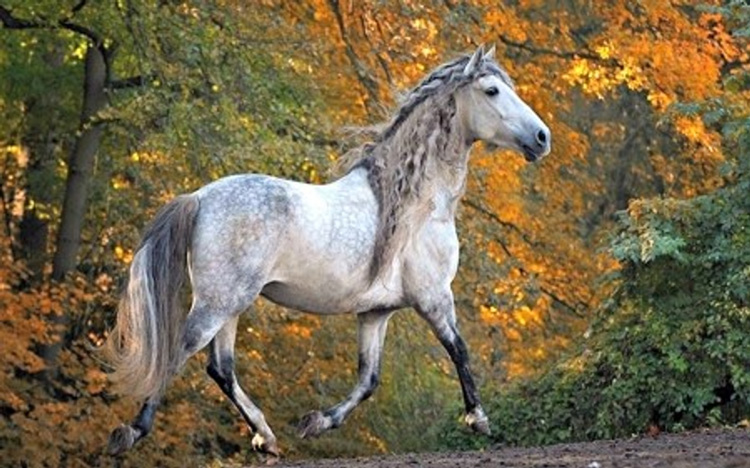
The horse is a wonderful creation of Allah. It is a very faithful and noble animal. It is a very strong animal and runs very fast. Its beauty and strength make it very famous. It shows great trust for its master. The slim and strong legs of the horse make it run many miles without any brake. The Equus caballus is its scientific name. This article describes the interesting things about horses that we all want to know.
It is a four-footed animal and glossy hair that covers the body. It has two ears, two eyes, no horns, and undivided hoofs. It is in the category of mammals. It can sleep several times during the day in both conditions either in standing position or lying down. The horses have a powerful ability to hearing and smell.
Body parts of the horse
The stallion and mare
The term horse is mainly used for male horse. But the adult male horse which is not castrated is called a stallion. The female horse is called a mare.
Nutritional requirements of the horse
- The feed of the horse depends upon its weight, age, breed, health, workload, and place of living
- It requires the water from 5 to 15 gallons per day but this water should be clean and not frozen
- The main feed for a horse is hay and grass
- The horse should eat 15 to 20 pounds hay which should be 1 to 2 percent of its body weight
- The feed should be free of dust and mold
- The non-structural carbohydrates are also required by the horse like corn, barley, and oats
- In hot weathers, cooler hours should be preferred for the feed of grains as morning and evening
- The fat, proteins, minerals, and vitamins are also necessary for the horse but in less quantity
- Celery, green beans, watermelon, and apple are delighted ones for horses
- Always make a gradual change in the feed if you want to change the feed
Importance of exercise for the horses
Exercises are very important for horses. The type and amount of exercises depend upon the breed of horse, the living place, and the work which we need from the horse.
The blood flow of a horse depends upon its regular exercise. The feet and lower limbs of horses require proper blood flow. The horses that are kept in stalls for a long time, it causes the swelling of legs. The accumulation of fluid occurs which is known as edema due to poor blood circulation. A minimum of 15 to 20 minutes is required for exercises daily.
Azoturia is a muscular condition that is very common in horses. When the regular exercises of horses are left but still it is on the full ration of feed, then this condition develops. Muscles are also damaged due to over-exercises of an unhealthy horse.
Grooming of the horses
The skin of horses is very sensitive in comparison to other animals. So there is a need for special care for the skin of horses. The tools which are used for the horses are called as grooming tools.
The following table shows the grooming tools with their uses.
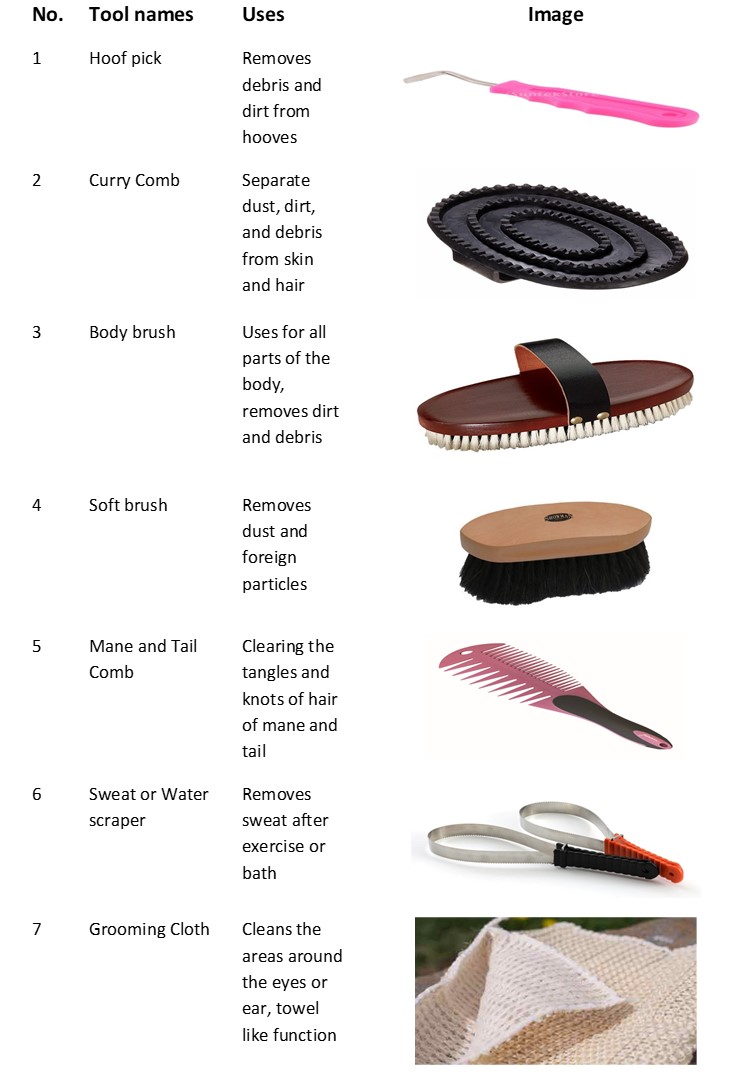
Housing requirements for the horse
The stable or housing is required by the horses but some can live outside throughout the year due to their thick coats. These shelters can be natural as trees or hedges or man-made shelters as field shelters are also made for horses depending upon the type of horse and field environment.
Each horse needs 1.2 to 2.5 acres of land for grazing purposes if no extra feed is available. But good pasture management is required to avoid overgrazing, to maintain good drainage and to control worms.
The fences are also necessary for horses. The height of fences depends upon the type of horse in the field as in the following table.
| Horse | 1.06 m to 1.40 m |
| Ponies | 1.0 m to 1.35 m |
| Stallions | 1.37 m to 1.85 m |
Electric fences are also designed and installed but it causes only momentary discomfort to horses. But this electric fence should be checked regularly.
In case of stable size, the following table gives the idea:
| Horse type | Stable size |
| Horse | 12 ft x 12 ft |
| Large horse | 12 ft x 14 ft |
| Ponies | 10 ft x10 ft |
| Large ponies | 10 ft x 12 ft |
| Foaling box | 14 ft x 14 ft |
Suitable bedding is provided to all equines. The straw, rubber stable mats, and shavings are used in bedding. These bedding materials should be regularly cleaned.
All types of equipment and other services should be kept neat and clean so good conditions should be provided to the horse. All-electric installations should be periodically checked by the expert technicians.
The building for horses should be constructed without any exposed sharp surfaces so no injuries to the horse. All surfaces should be disinfected periodically.
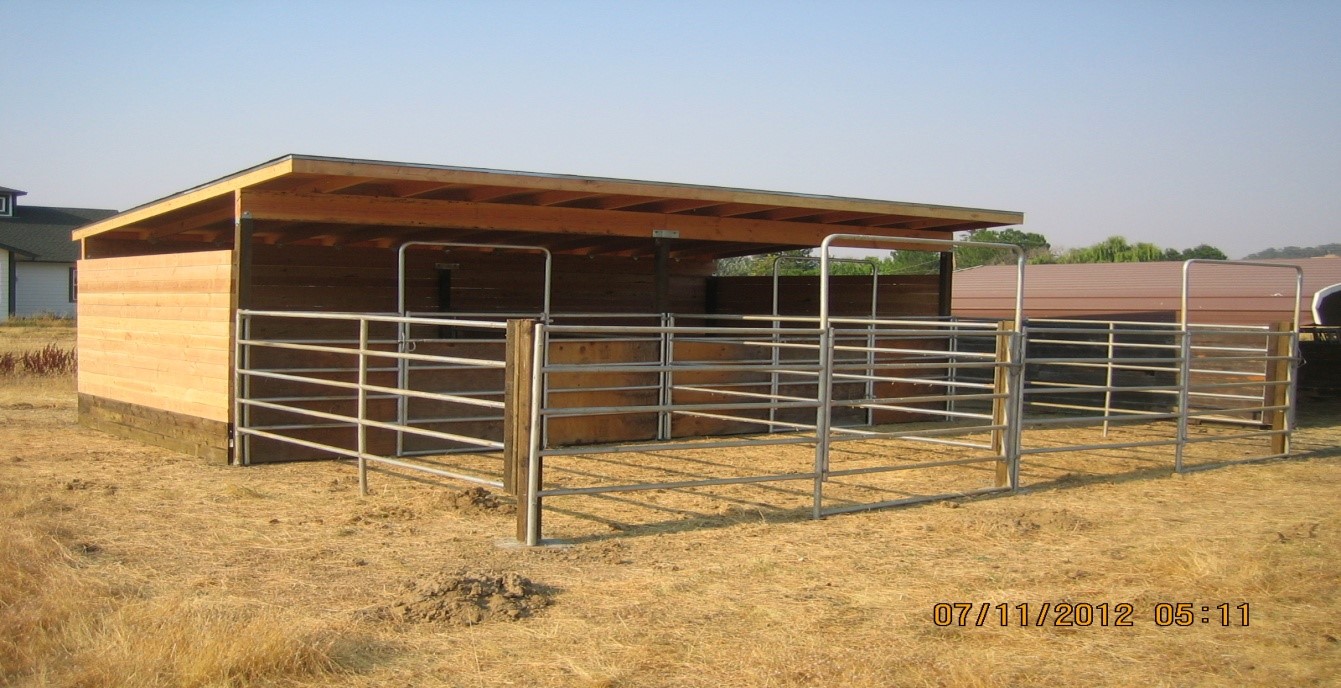
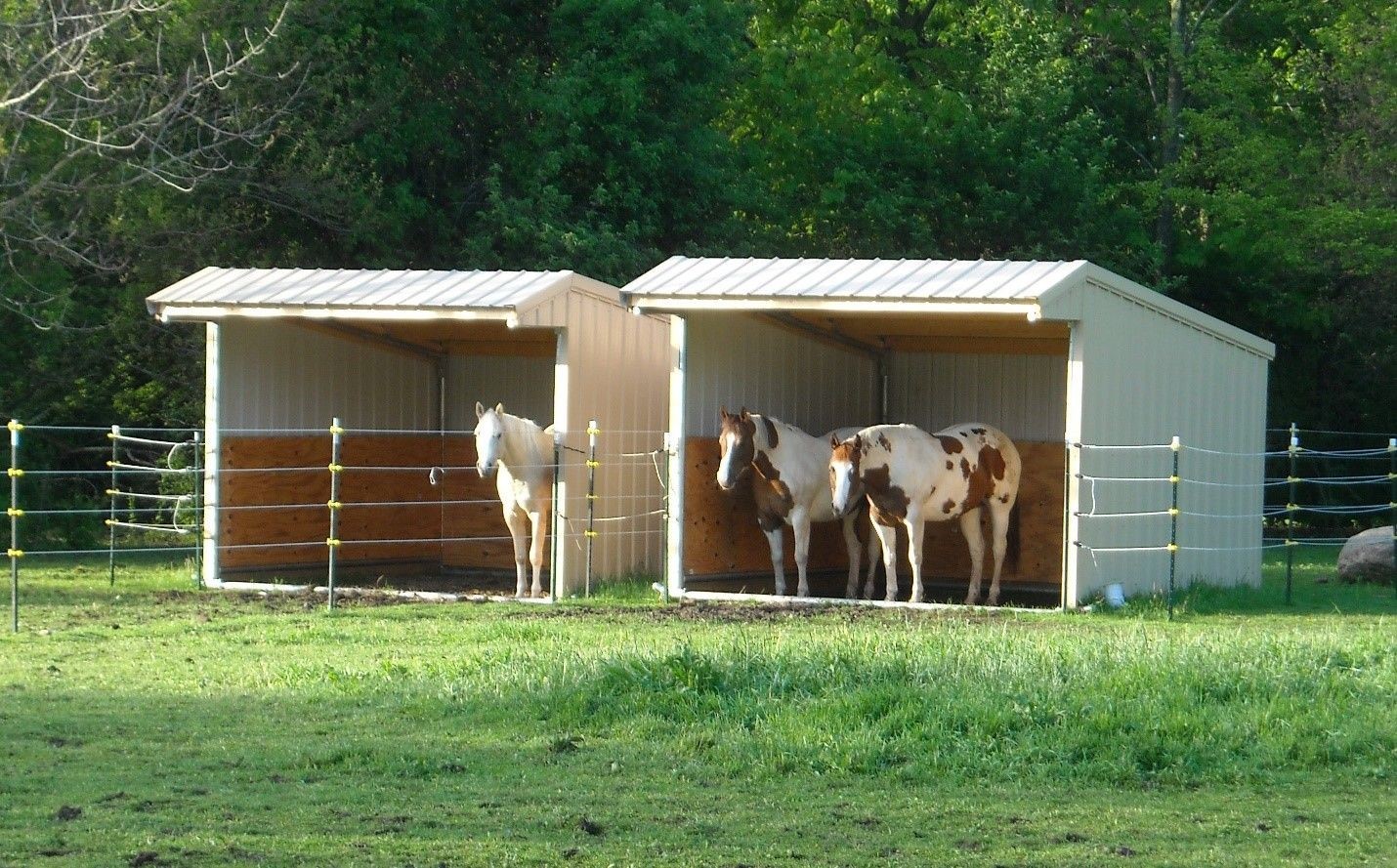
Popular breeds of the horse
Following table shows the most popular breeds of the horses.
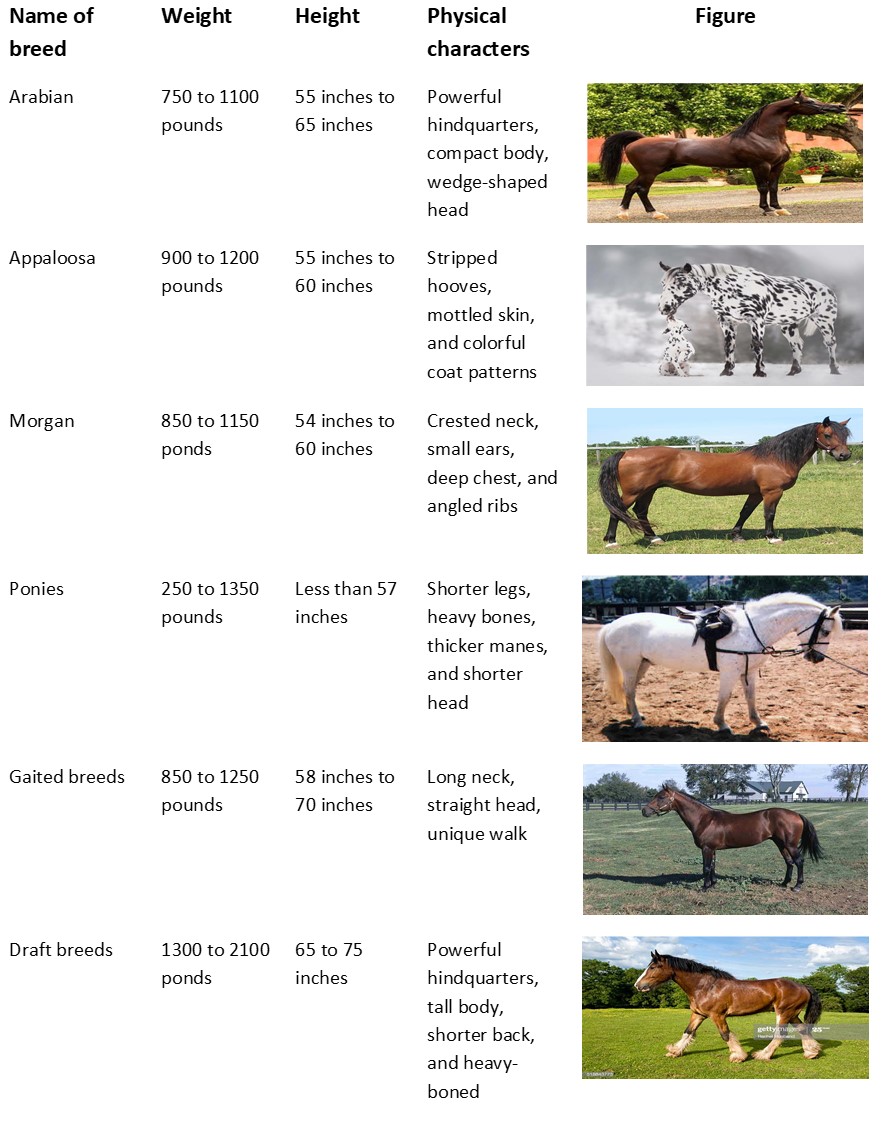
The life span of the horse
The average life span of a horse is 25 to 30 years.
The gestation period of the horse
The average gestation period of a mare is 11 to 12 months.
Most loyal horse in the world
The most loyal and wonderful breed of horse is the Andalusian horse.
Powerful horse breed
Belgian horse is one of the strongest and powerful breed of horse.
The expensive breed of the horses in history
Expensive breeds of the horses in the history are listed below:

The population of horses in different countries
According to Markosun’s Blog, the following table shows the population of horses in different countries up to 2017.
| Countries | Population of horses |
| United States | 9.50 million |
| China | 7.40 million |
| Mexico | 6.20 million |
| Brazil | 5.70 million |
| Argentina | 3.60 million |
| Colombia | 2.50 million |
| Mongolia | 2.02 million |
| Ethiopia | 1.60 million |
| Russian Federation | 1.30 million |
| Kazakhstan | 1.16 million |
How horses make our planet a better place to live in?
- In the past, the people depended on horses for many purposes such as farming, transportation, and other field related work. Today, cars, buses, and other vehicles are used but these are destroying our environment due to high fuel consumption and more pollution comes to the environment.
- Many horse owners and farms are using horses for many purposes, these are environmentally friendly practices.
- The manure of horses can be used as renewable energy. A horse can produce 9 tons of manure each year. If proper manure management is provided, this manure can be used for energy production and to reduce water and air pollution.
- The manure of horses can also increase the productivity and quality of soil if its use is with the proper management program. The horse manure is used as a fertilizer; it can enhance the nutrients, like phosphorus and nitrogen in the soil.
- The biogas is used for the breakdown of manure into methane. This methane provides electricity and heat.
- Horses can preserve grasslands. The rotational grazing is used for it. The livestock and horses are rotated between pastures. Rotational grazing increases the growth of grass and also prevents overgrazing.
- The local ecosystems are also supported by horses. The horses are used as the benefit to the habitat and ecosystems. They produce the mosaic pattern in the feeding area. This pattern produces short and long grasses that are utilized by smaller animals, like pheasants, rabbits, and deer.
- The spreading of seeds is also occurred by horses. The seeds can germinate well when they pass through the digestive system of horses and also gain benefit from the manure. This manure can increase the growth of seeds. In this way, this spreading of seeds throughout the habitat increases the growth of grass and flowers.
Common horse breeds in Pakistan
Following are the different horse breeds in Pakistan:
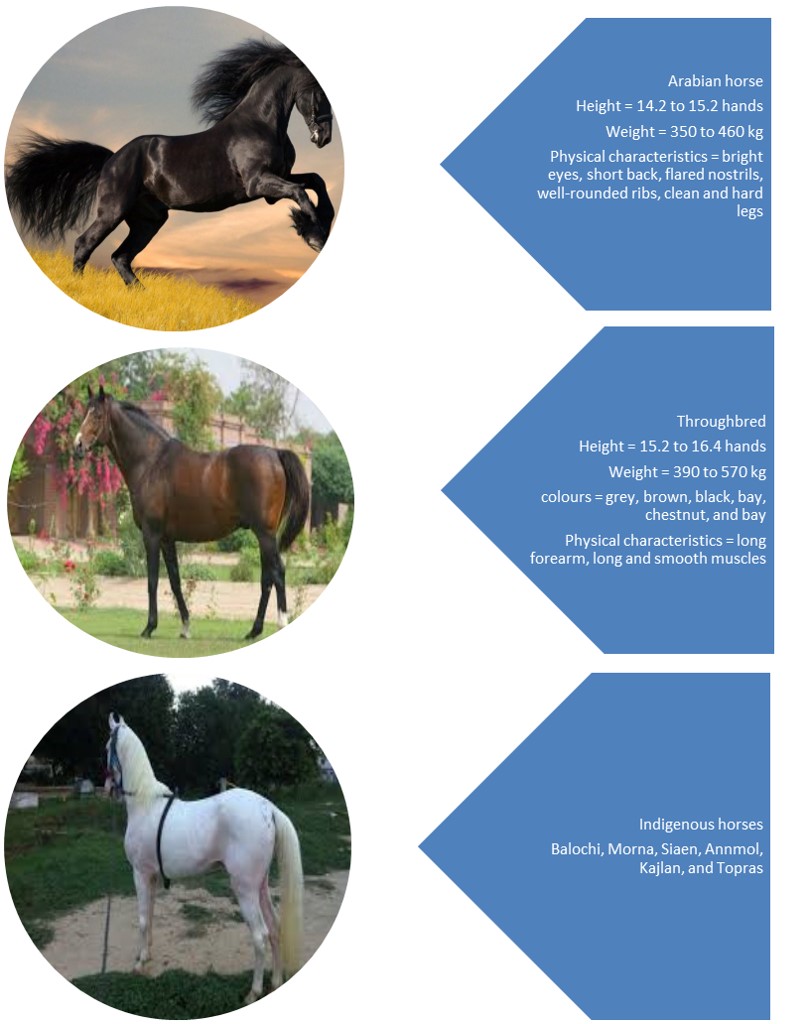
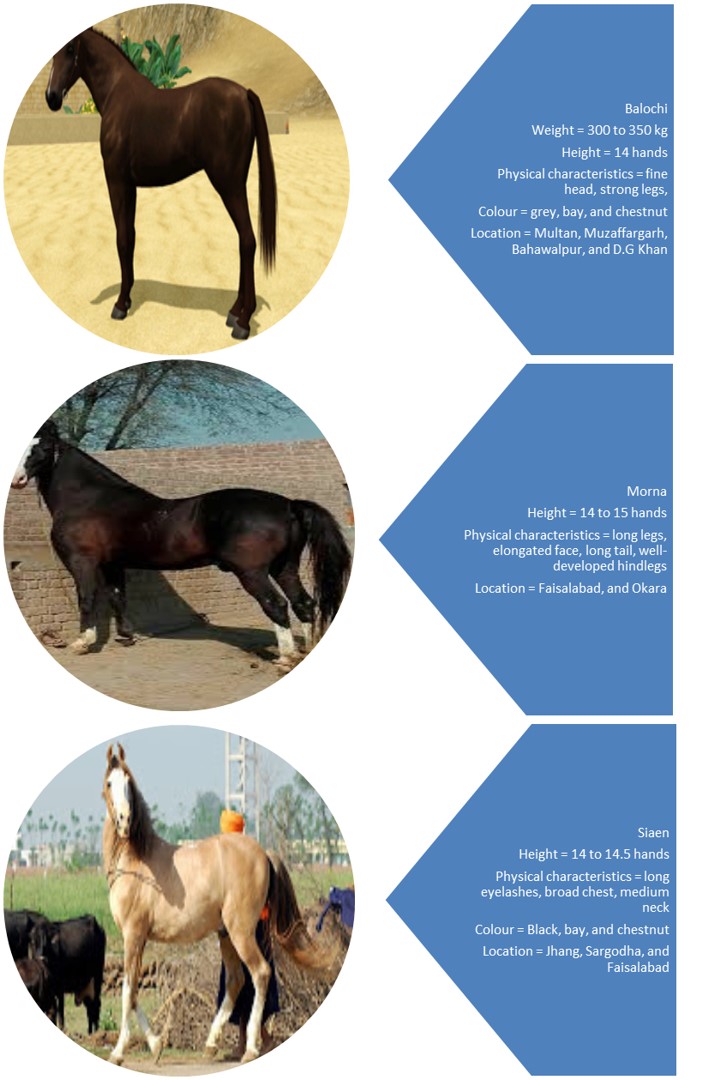
Uses of the horse
- Transportation purpose
- Pets
- Agriculture
- Trade and commerce
- Pleasure and sports activities
- Jumping activities such as hunter jumping, show jumping, and cross country
- Pulling carts or buggies
- Use in farm work
- Riding purpose
- Racing
- Rescue activities
- Religion Symbol and status
- Showmanship events
- Research activities
Author: Gohar, K. Bahauddin Zakariya University, Multan-Pakistan
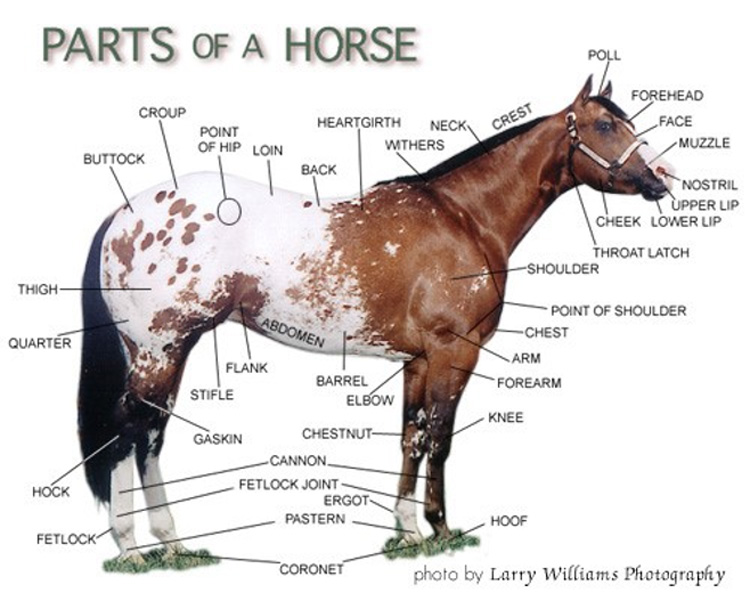
Leave a Reply